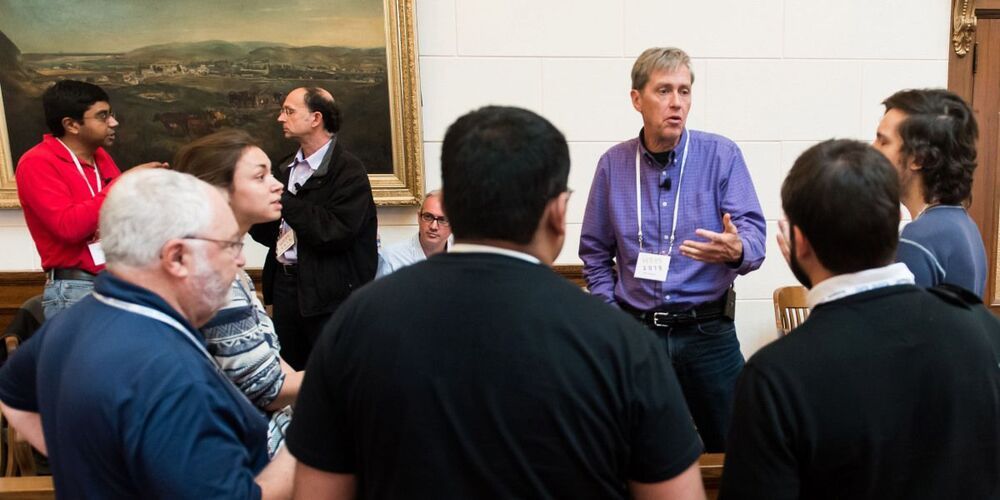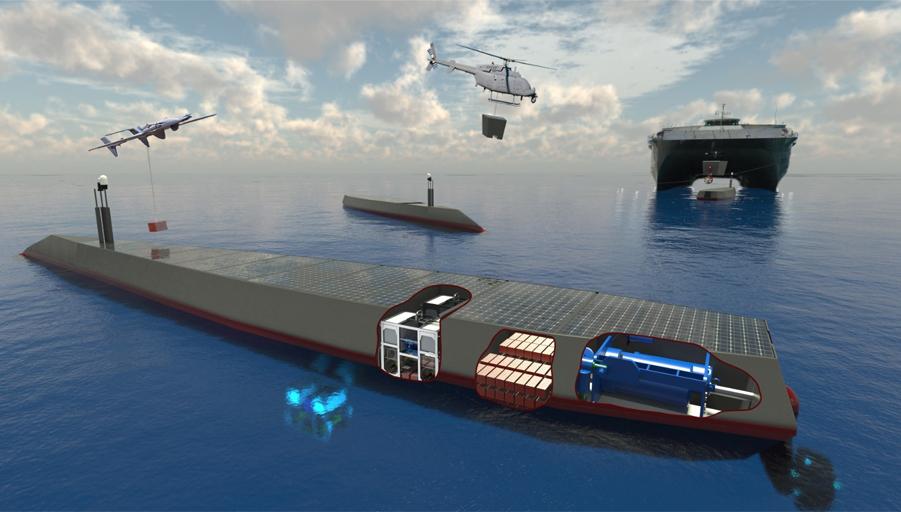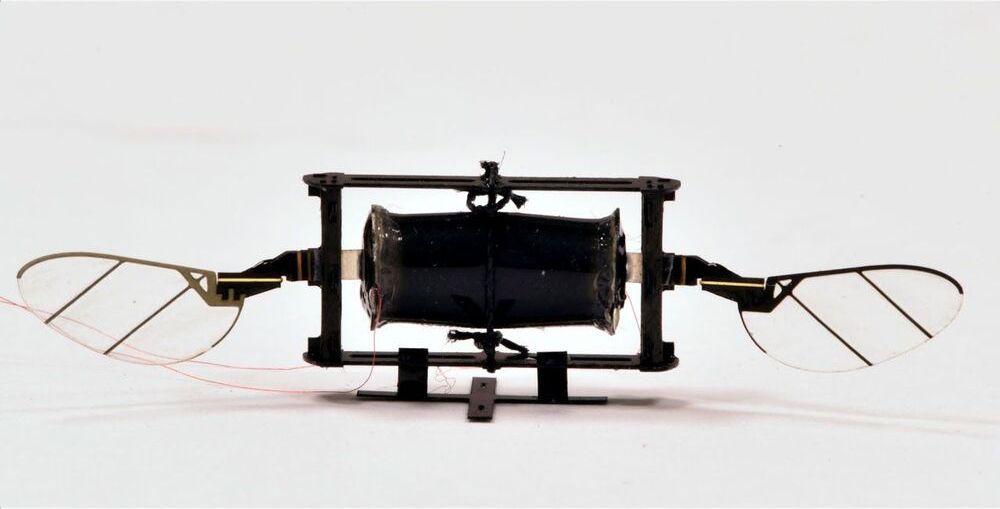“We’ll never have true AI without first understanding the brain”
Neuroscientist and tech entrepreneur Jeff Hawkins claims he knows how intelligence works and he wants every AI lab in the world to read his book.


No, the Singularity won’t happen. The Second Law of Thermodynamics eviscerates any technology we might invent.




Edge computing allows an increasing number of standalone mobile devices to perform tasks such as image recognition, response to voice commands and textual translation, without access to the cloud. During its 2021 Ignite digital conference, Microsoft revealed its new edge technology platform, Azure Percept.


The technology could boost aerial robots’ repertoire, allowing them to operate in cramped spaces and withstand collisions.
If you’ve ever swatted a mosquito away from your face, only to have it return again (and again and again), you know that insects can be remarkably acrobatic and resilient in flight. Those traits help them navigate the aerial world, with all of its wind gusts, obstacles, and general uncertainty. Such traits are also hard to build into flying robots, but MIT Assistant Professor Kevin Yufeng Chen has built a system that approaches insects’ agility.
Chen, a member of the Department of Electrical Engineering and Computer Science and the Research Laboratory of Electronics, has developed insect-sized drones with unprecedented dexterity and resilience. The aerial robots are powered by a new class of soft actuator, which allows them to withstand the physical travails of real-world flight. Chen hopes the robots could one day aid humans by pollinating crops or performing machinery inspections in cramped spaces.

An AI meditation on the Meaning of Life.
All the imagery is generated by the AI using a text prompt.
I inputed “The Meaning of Life” — and these are the results.
It produced a lot of content, with a lot of themes, symbology and mysterious objects. I edited the video together as if the AI was talking to me, guiding me. I tried to listen to its voice, and communicate what it was trying to say.
Resources / Code used.
https://github.com/lots-of-things/Story2Hallucination.
Creative Commons Music.
https://freemusicarchive.org/music/Stellardrone.
My YouTube channel.
https://www.youtube.com/channel/UCes-tiSj7VO6nNOsUB76lZw.
